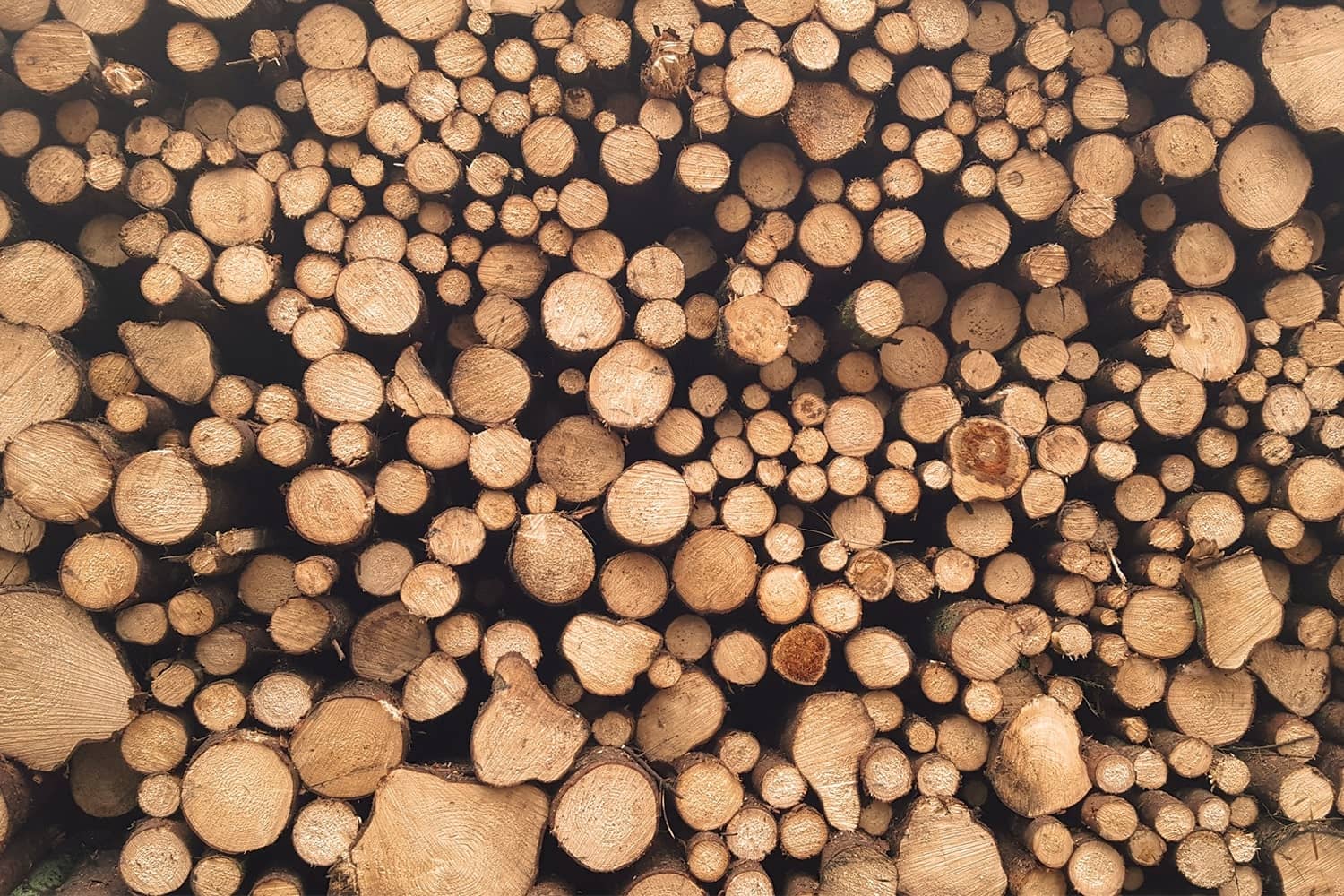The majority of softwood deck boards in the UK is manufactured from European Redwood trees grown in the forests of Scandinavia, Russia and the Baltic States. This is because the cold climate and short growing season in these countries is ideal for producing a high-quality, strong and close grain timber. With timber being a natural product there are variances between each board due to a number of different parameters which include live knots, dead knots, checks, wane, cross grain, compression, fungal attack, discolouration, and dimensional deviances. These different parameters will affect the quality and suitability of the timber.
Qualified and experienced graders working at the mills will grade the timber by checking and measuring the different parameters against the defined rules within the Swedish appearance grading standard for softwood – SS EN 1611-1. The timber is then sorted into groups (or grades) of broadly the same quality of timber which allows the end user and companies such as Gripsure to choose a grade suitable for the application in which the timber will be used. Grades I to IV (the higher grades) are sold together and tend to be used for internal joinery products where knot content and size of knots need to be minimised. The most common grade for deck boards is the Scandinavian V grade but the VI grade is sometimes offered as an economy option by some merchants and manufacturers.
